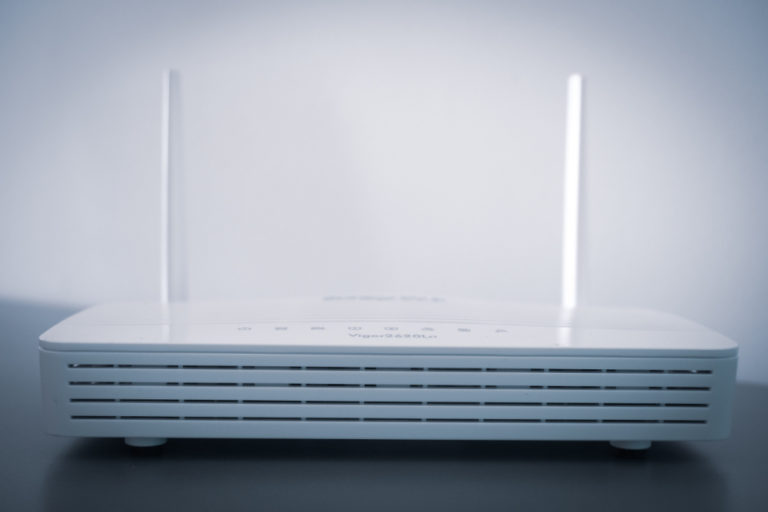Energy prices (and bills) are going through the roof – now what?
Money Talk is intended to inform and educate; it's not financial advice. Affiliate links, including from Amazon, are used to help fund it. If you make a purchase via a link marked with an *, Money Talk might receive a commission at no cost to you. Find out more here.
It’s hard to miss the stratospheric price rises in the energy sector at the moment.
For investors – and that includes everyone who has a pension – it has meant a couple of weeks of wild fluctuations in portfolio values.
And for everyone else, it means disruption to the way we normally live, from long queues at the petrol station to more expensive goods and services – and of course, higher energy bills.
With winter on the horizon, I wanted to look at things that can help.
Why are energy bills going up so much?
This article in the Guardian is a great in depth explainer on why we’re experiencing an energy crisis right now, but in essence it’s a perfect storm of a long winter last year, businesses all over the world using more energy as they swing back into action after lockdowns and restricted supplies from Russia.
The lack of supply and surging demand has caused gas prices to skyrocket, but as a substantial amount of electricity is generated from gas in the UK, there’s a knock on effect there too.
Those wholesale prices are now beginning to be passed onto consumers.
How the energy price cap and different tariffs work
In the UK, there are broadly speaking two types of energy tariffs: a fixed tariff or a default tariff.
A fixed tariff typically lasts for a year or more and you pay the same rate throughout the contract. And when your contract expires, you automatically move onto the default tariff unless you pick another tariff or change providers.
The industry regulator Ofgem sets an energy price cap on this default tariff, which is updated twice a year. It’s designed to prevent consumers from being exploited, while at the same time allowing energy firms to make enough of a profit to reinvest and sustain their business.
In the past, a fixed tariff was almost always cheaper than a default tariff – that’s why consumers were always encouraged to shop around and switch, even if they simply moved onto a different tariff with the same provider.
But now, for the first time, the fixed tariffs available are actually more expensive than the default tariffs because of the cap we have in place.
Should you go for a fixed or default tariff?
The energy price cap was raised at the beginning of October – the second time this year – and it will likely go up again on 1 April 2022.
If you’re currently on a fixed tariff, you’re probably on the cheapest available deal right now so there’s no need to do anything.
Similarly, if you’re already on a default tariff, you’re unlikely to find a new fixed tariff that’s cheaper at the moment because the energy price cap is keeping the default tariff lower than what’s financially viable for some energy firms (hence why so many are collapsing).
And if your fixed tariff is coming to an end soon, your cheapest option will actually be to go onto the default tariff because of this.
But depending on what happens with the energy supply over the coming months, it might be worth comparing fixed tariffs in the new year before the new energy price cap kicks in.
Make sure you sign up for MoneySavingExpert’s Cheap Energy Club to get alerts on tariffs that might suit you.
It’s also worth checking Uswitch and Money Supermarket to see whether they can offer exclusive deals.
Finally, see if the same deal is available through a cashback website such as Topcashback* or Quidco*.
How to keep your energy costs down…
Obviously using less energy will mean lower overall costs, and there’s a couple of ways you can do that.
Cutting down your energy consumption
The easiest way to cut your energy consumption is to look for more energy efficient models when replacing old appliances – this alone could save you hundreds of pounds over the lifetime of the appliance.
All appliances sold in the UK must have an energy efficiency rating, and this is given on a scale from A to G, with A being the most energy efficient. There should also be information around its energy consumption, so you can work out how much it would cost you to run it.
Small changes like using energy efficient light bulbs can help as well.
You can also switch off any appliances that you’re not using, rather than leaving it on standby, especially for things like TVs and computers that can still use a fair bit of energy on standby.
When I’m away for a trip for example, every plug in my home is switched off, with the exception of the fridge freezer.
You can also make small adjustments to your routine, such as doing your laundry in cold water, turning down the heating a couple of degrees or batch cooking and then reheating in the microwave.
Making your energy go further in winter
Come winter, it’s all about insulation – and it doesn’t necessarily have to be big spends like roof insulation and double glazing, although they do help a lot more in the long run.
For example, you can get draft excluders from Amazon* for less than £10 that you can use to line windows and doors to keep heat in and the cold out.
Thicker blinds or curtains can also help; they have the added benefit of drowning out sound and keeping out daylight as well.
Of course, it’s always a good idea to improve the efficiency of your heating system, by replacing your boiler if it’s really old, or getting it serviced if it hasn’t been for a while.
And before you start using your radiators each year, make sure you bleed them to remove any trapped bubbles and rust.
Getting financial help with your energy bills
If you’re struggling with your energy bills, there are actually quite a few ways to get help. Some of the initiatives below are annual schemes, but the exact amounts will vary from year to year.
Warm Home Discount Scheme
A number of energy providers operate a Warm Home Discount Scheme where you can get a one-off £140 discount applied to your electricity bill between October and March.
If you have the same supplier for your gas and electricity, you might be able to get the discount for your gas bill instead – you’ll need to check with your supplier.
To be eligible for the discount, you must either get the Guarantee Credit element of Pension Credit (the core group) or are on a low income and meet your energy supplier’s criteria for the scheme (the broader group).
In both cases, you have to apply for the discount – it’s not automatically applied each year – but there are fewer discounts available for those in the broader group, which means those who apply late may not get a discount.
Winter Fuel Payment
Those who were born on or before 26 September 1955 and live in the UK should automatically get between £100 and £300 to help with heating bills as part of what’s known as the Winter Fuel Payment.
It’s an annual one-off payment for those who have reached State Pension age.
There are also certain circumstances where you can apply for it even if you currently live outside the UK, assuming you fit the other eligibility criteria.
Cold Weather Payment
When there’s persistent cold weather, the government gives out a Cold Weather Payment to those who need it the most.
Between 1 November 2021 and 31 March 2022, you get £25 for every seven days when the weather records or is forecasted to be zero degrees or below for seven consecutive days.
Those who receive pension credit, income support, income-based jobseeker’s allowance, income-related employment and support allowance, Universal Credit or support for mortgage interest are generally eligible to receive the payments.
It should be automatically applied to your usual payments, and there’s no need to make a separate application.
Grants from energy trusts
Some energy suppliers also operate charitable trusts that give out grants to those with energy debt to help them pay it off.
The British Gas Energy Grant is the only one that’s open to anyone in energy debt, regardless of whether they’re a customer or not.
You can also apply for grants from the Scottish Power Hardship Fund, Ovo Debt and Energy Assistance, E.on Energy Fund, EDF Energy* Customer Support Fund or Bulb Energy Fund if you’re a customer
Tax relief and expenses if you’ve been working from home
Whether you’re an employee or are self-employed, you can offset some of the costs of working from home.
Those who are employees can claim £6 a week without having to keep any receipts – it’s a flat rate whether you’ve only worked a day at home or are home all week. Or if you have receipts covering your exact additional costs, you can claim these instead.
For those who are self employed, how much you can claim will depend on how much time you spend working at home. The flat rate, which must be claimed as an expense, ranges from £10 to £26 a month. You can expense things like broadband and telephone separately.







